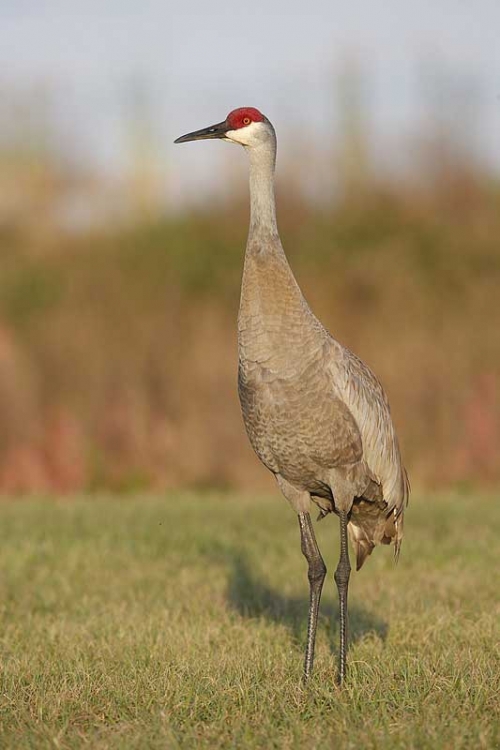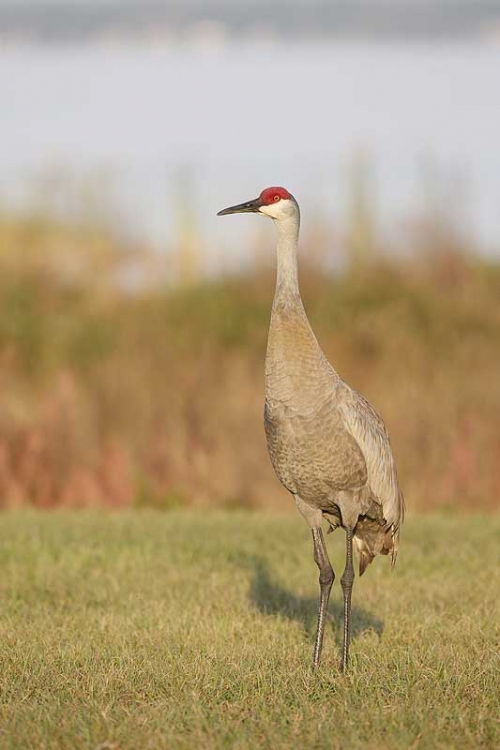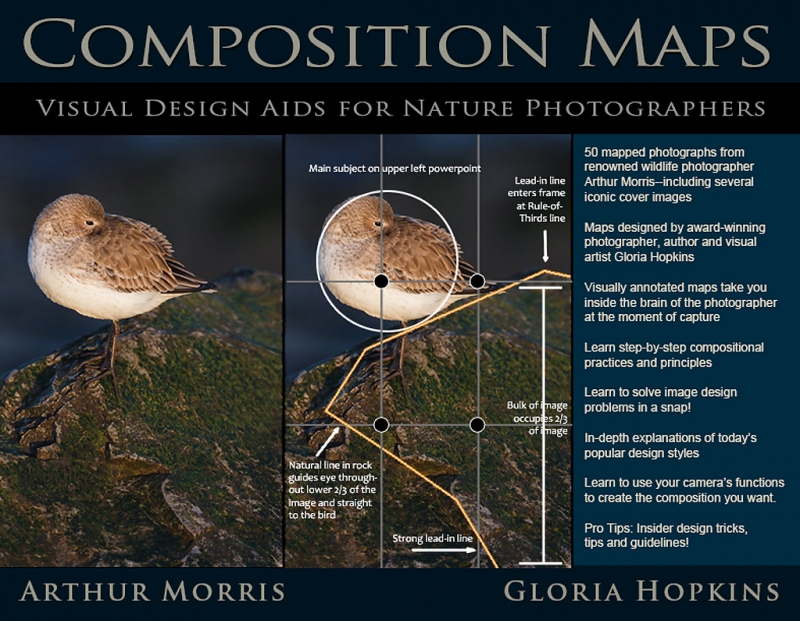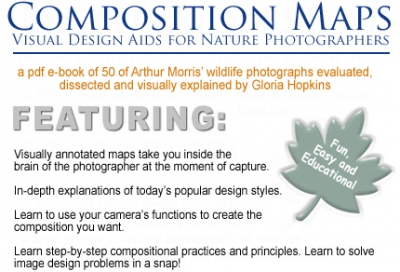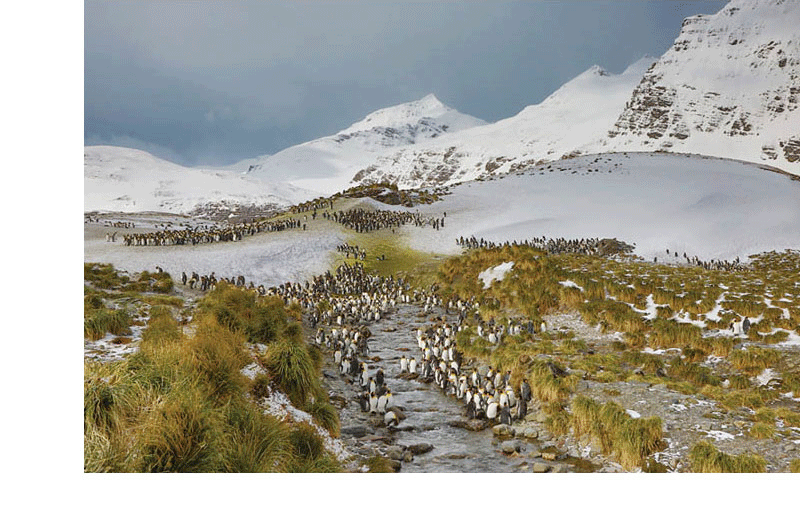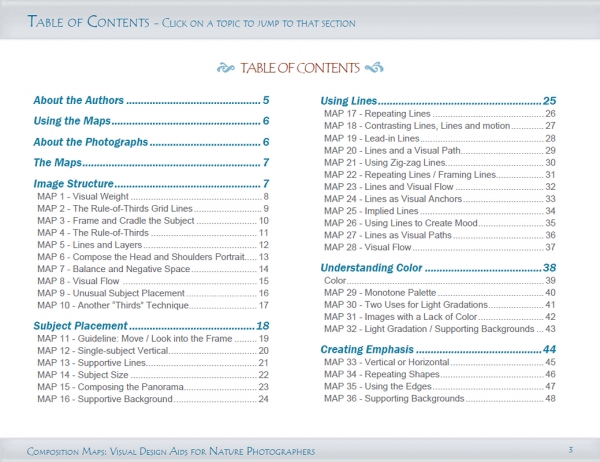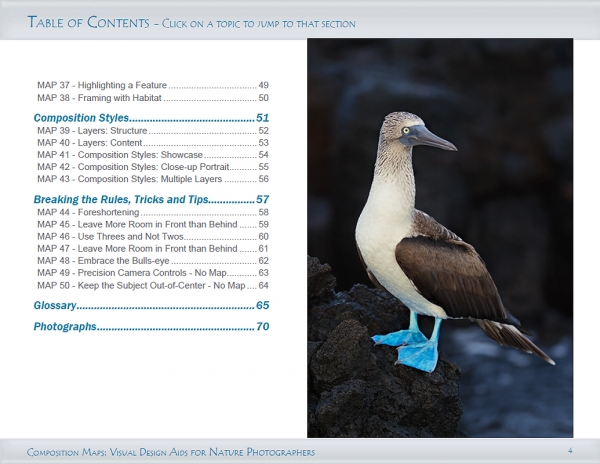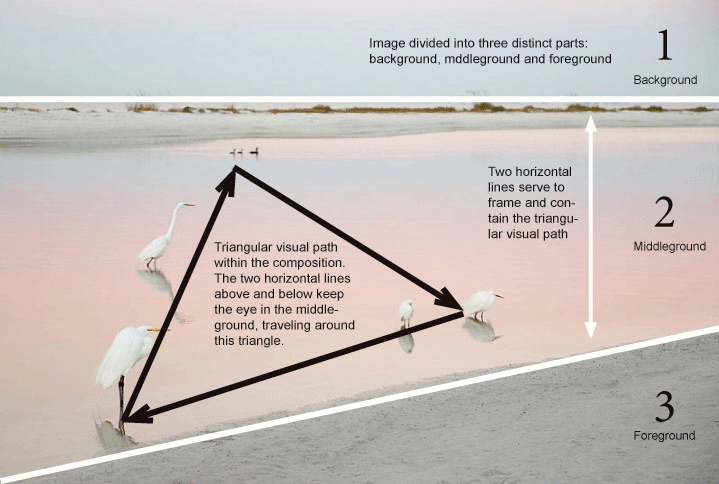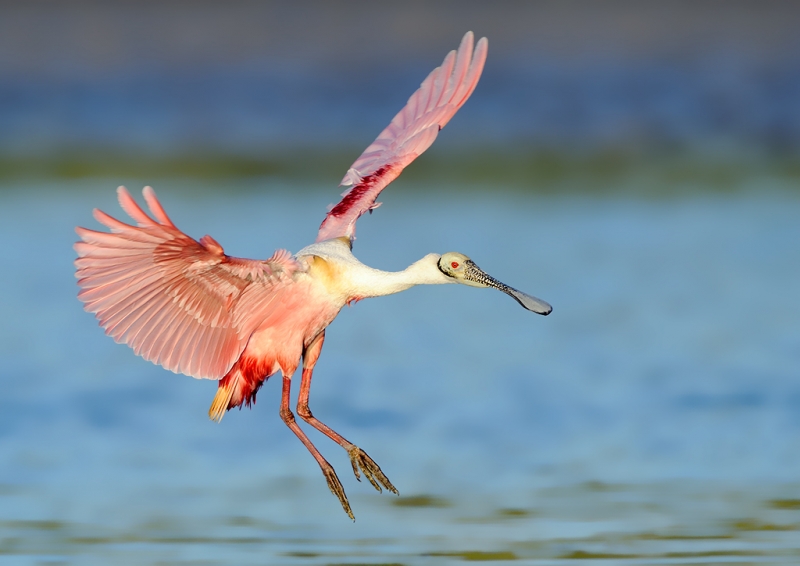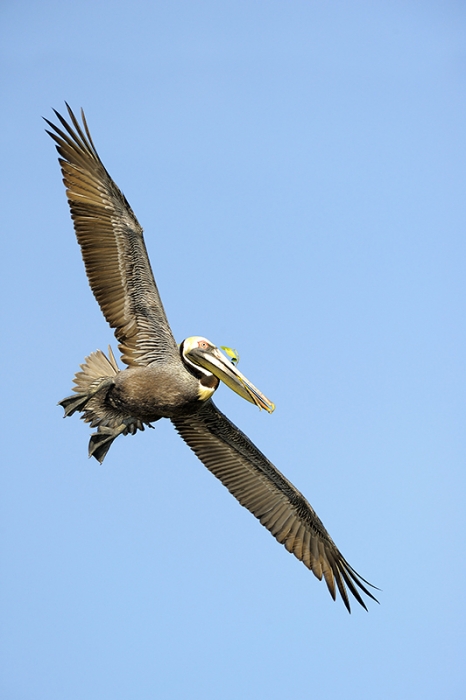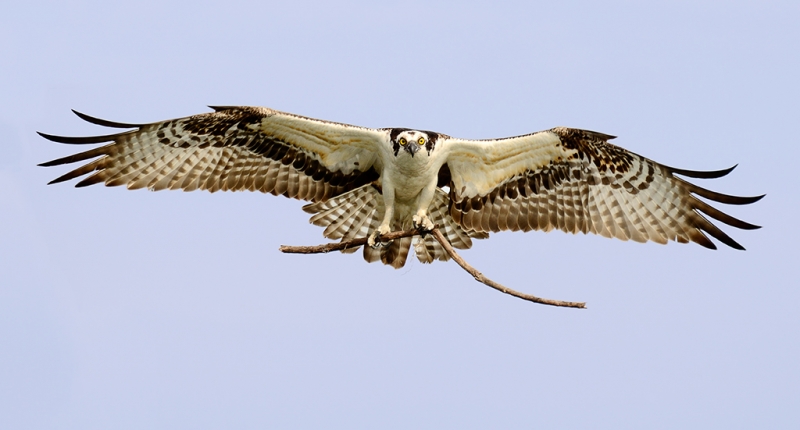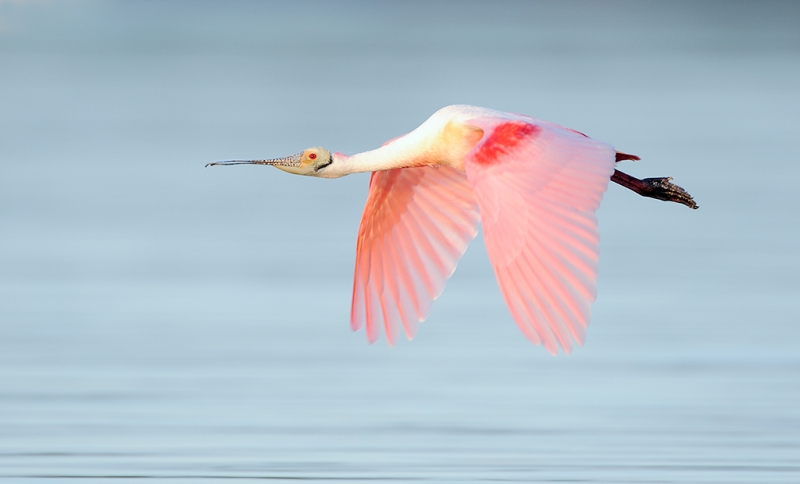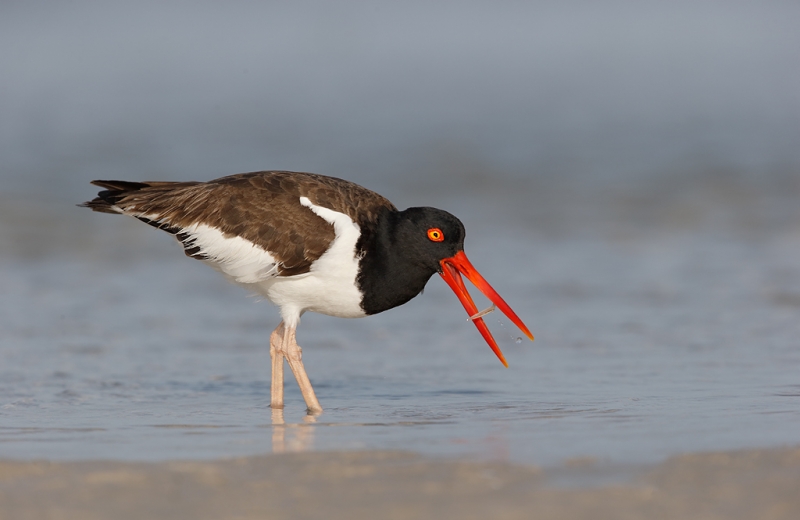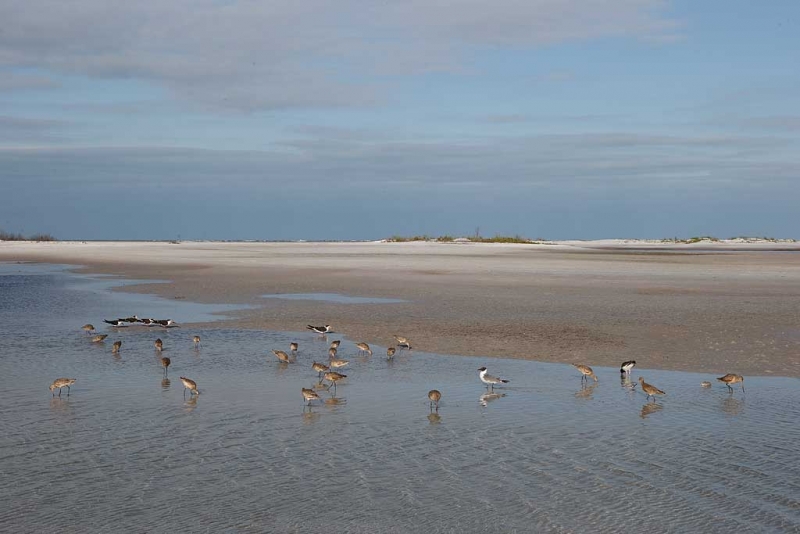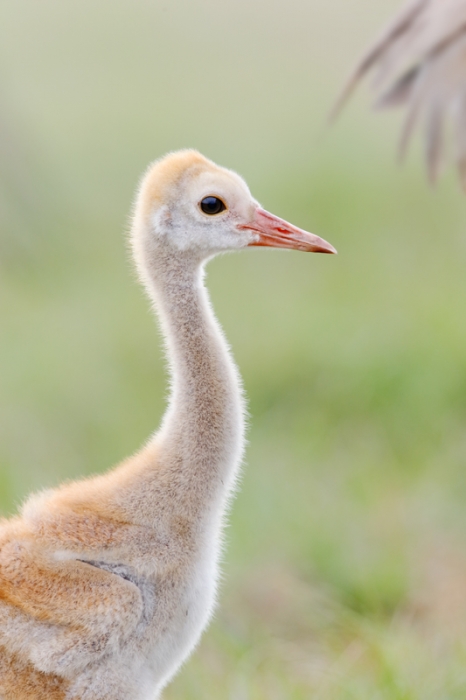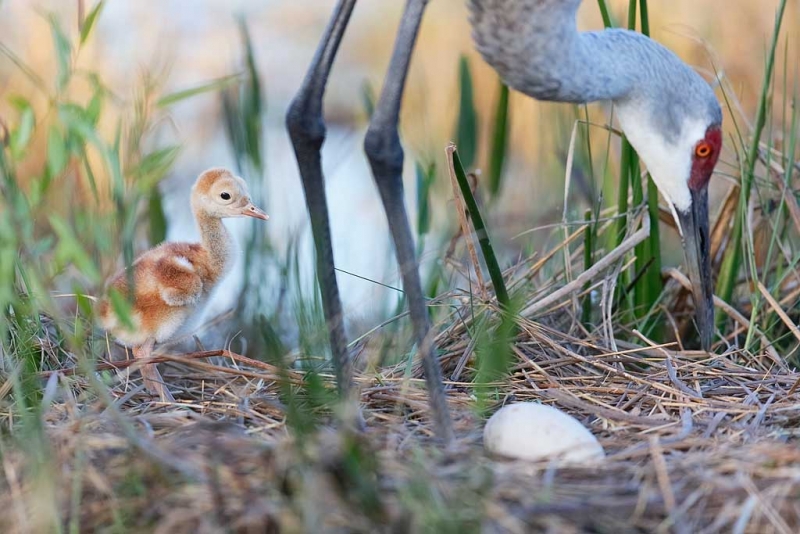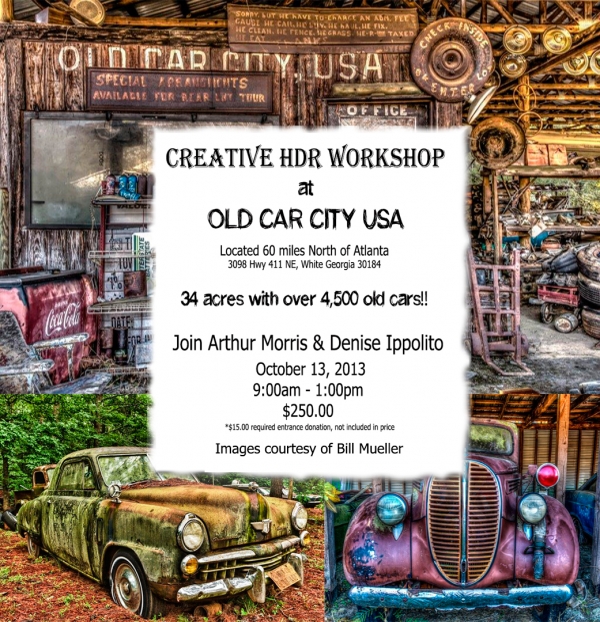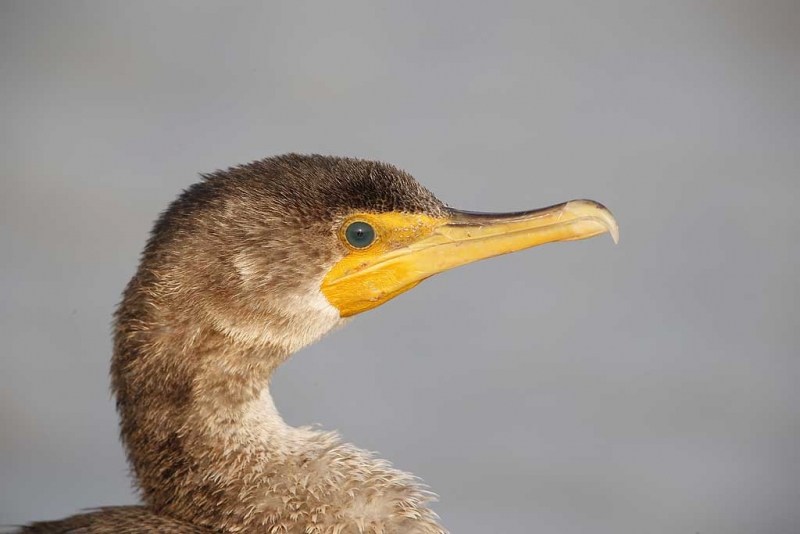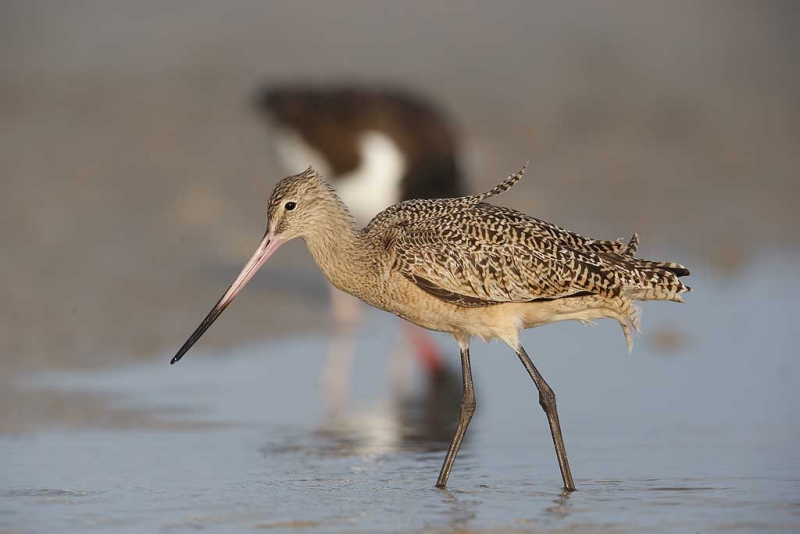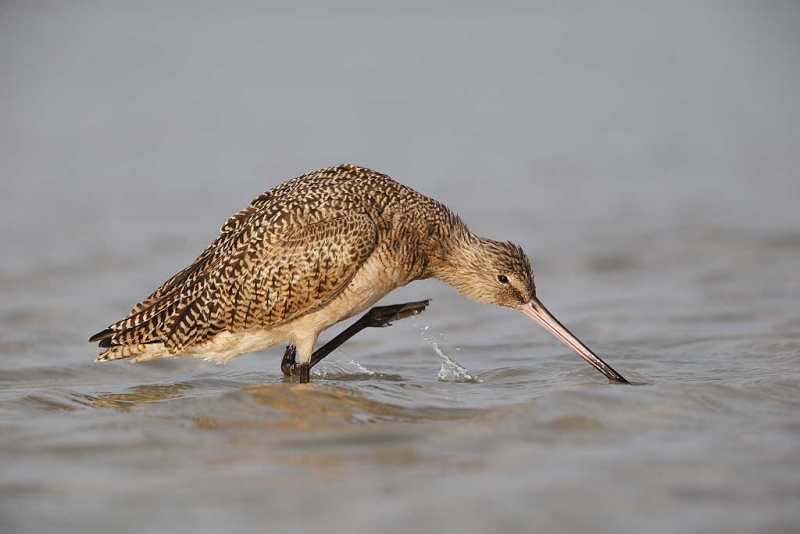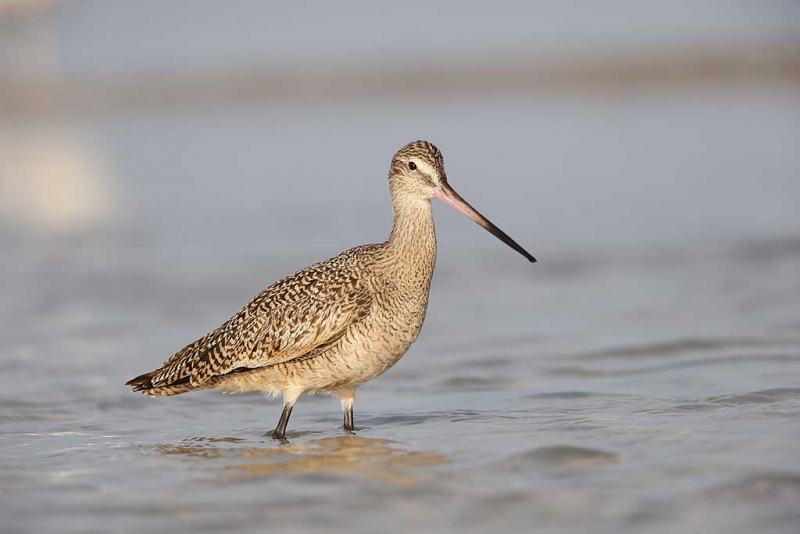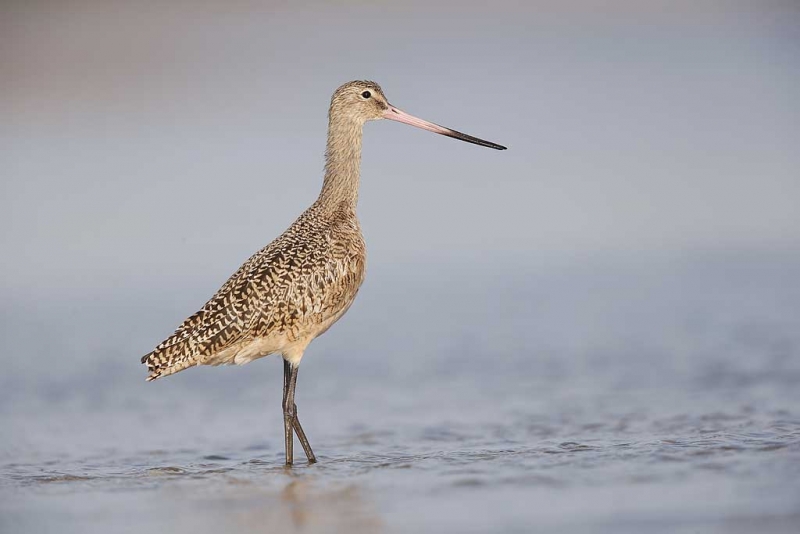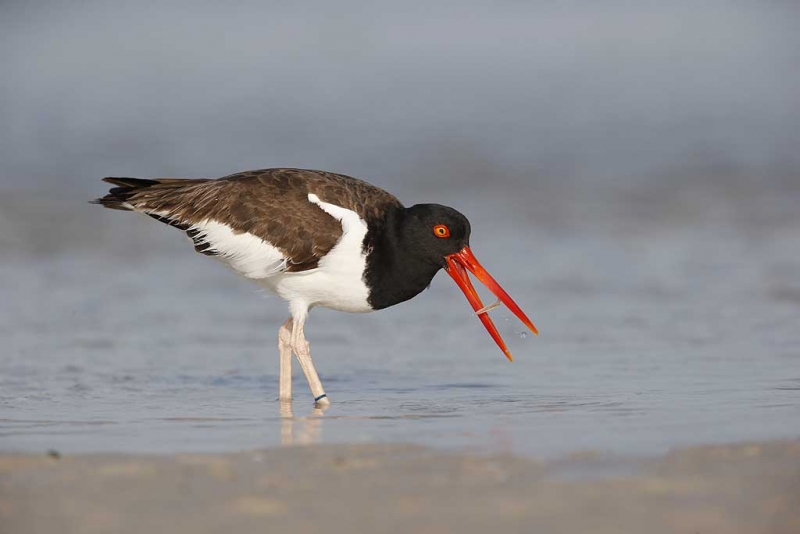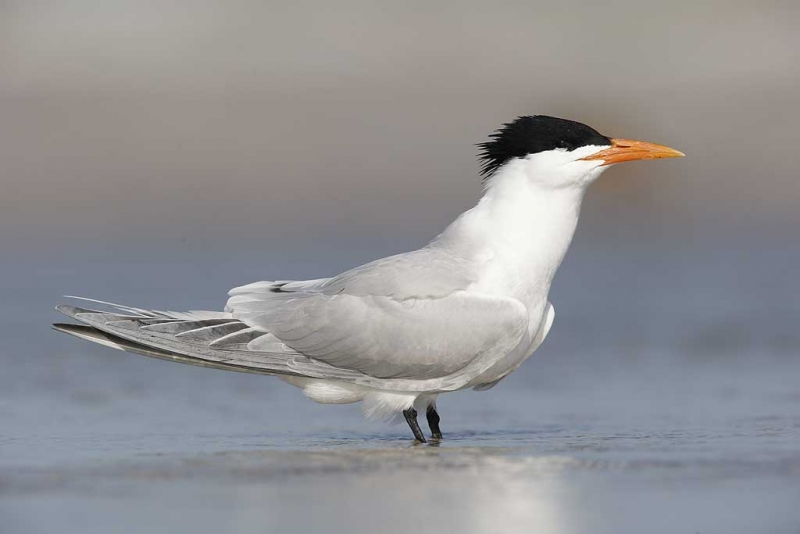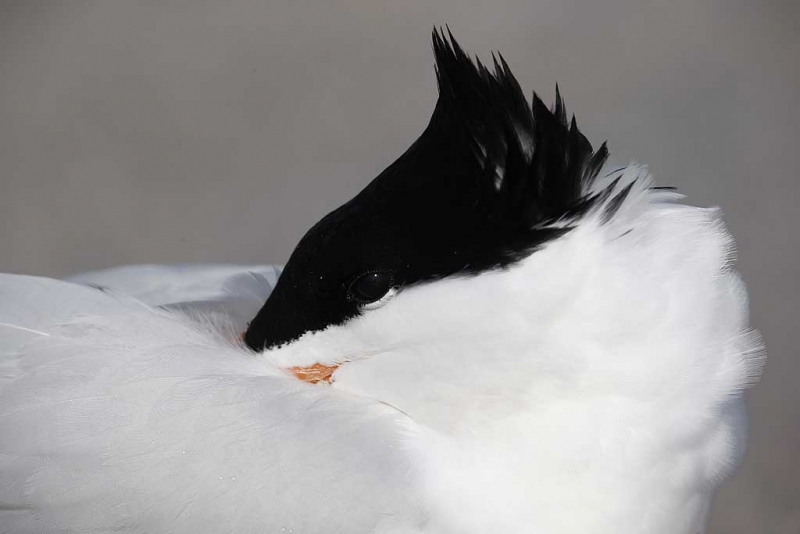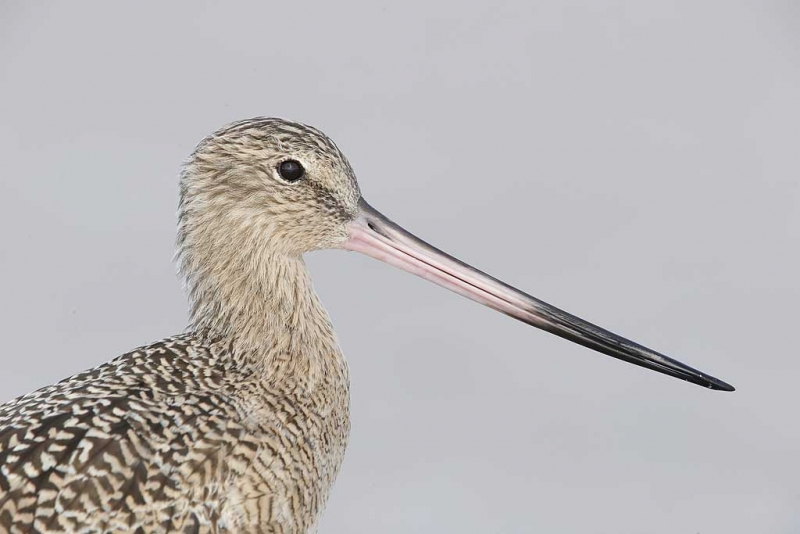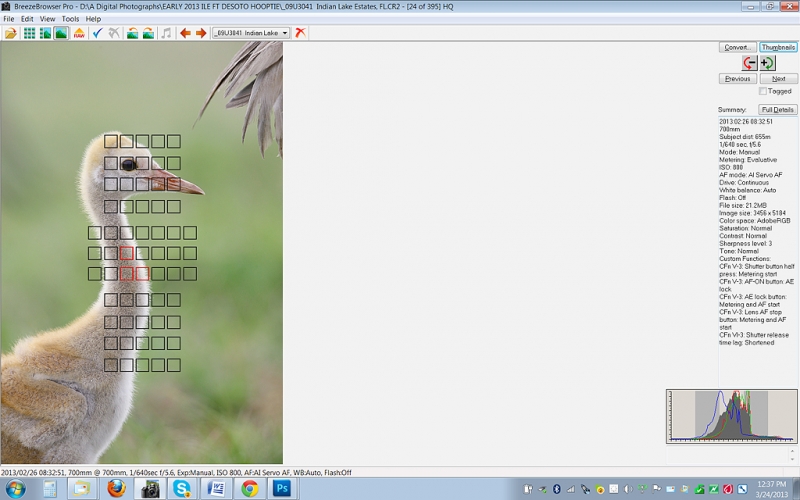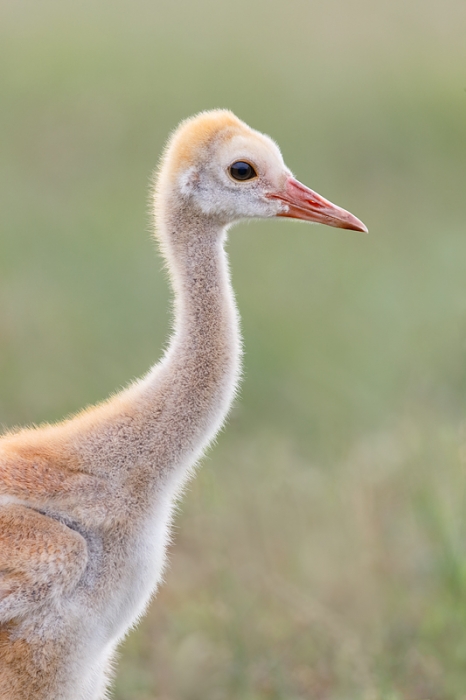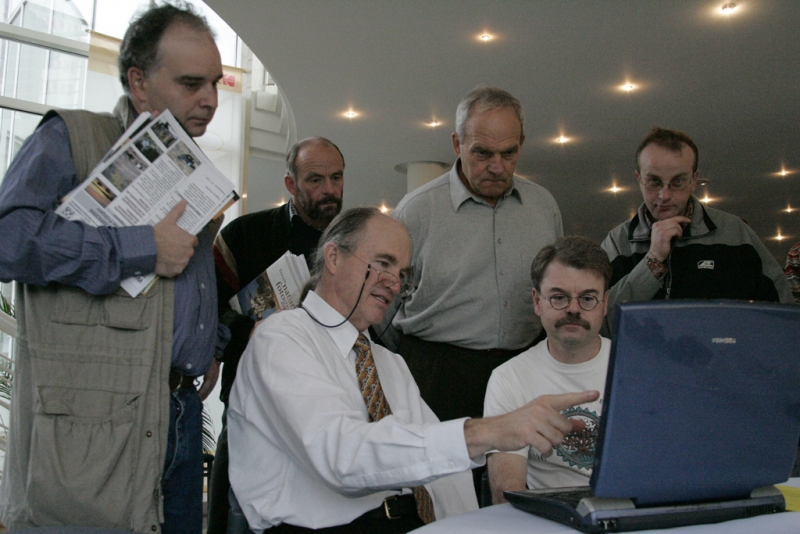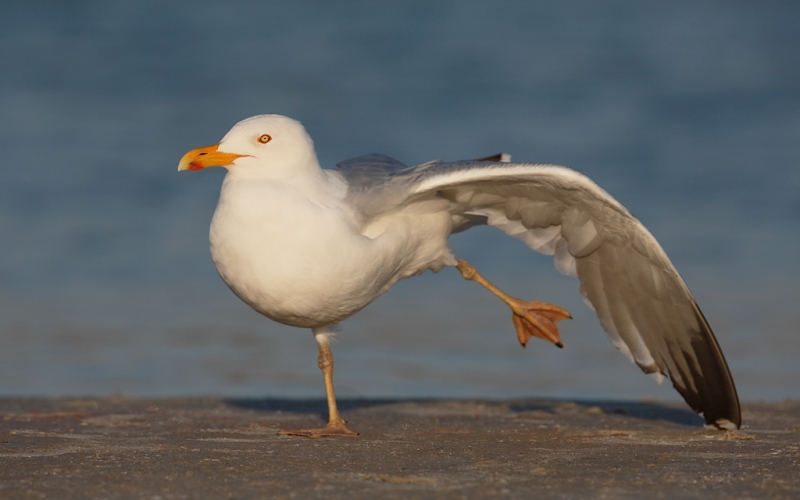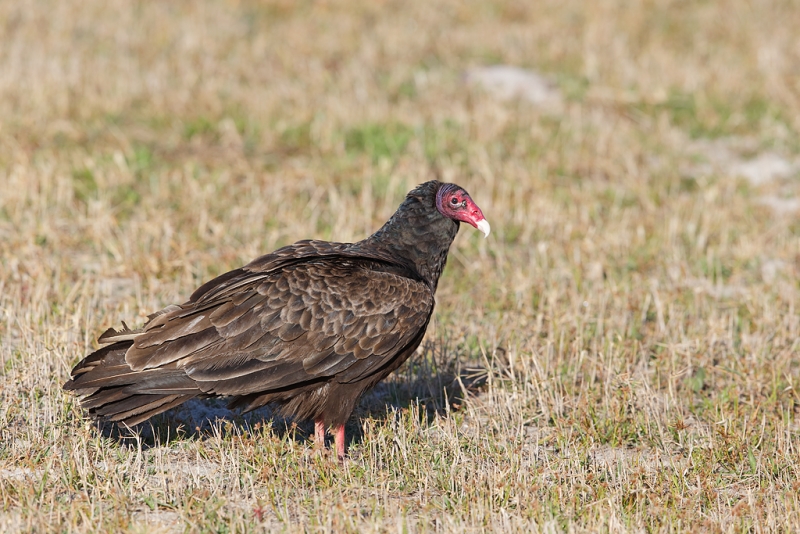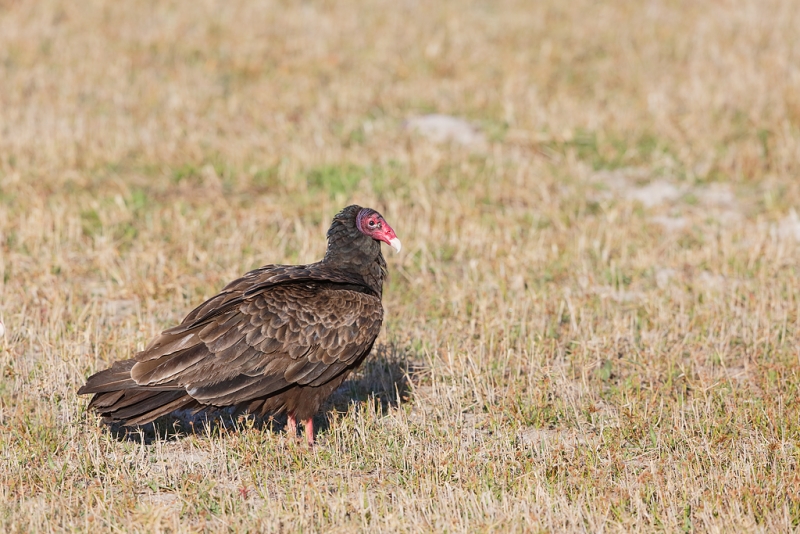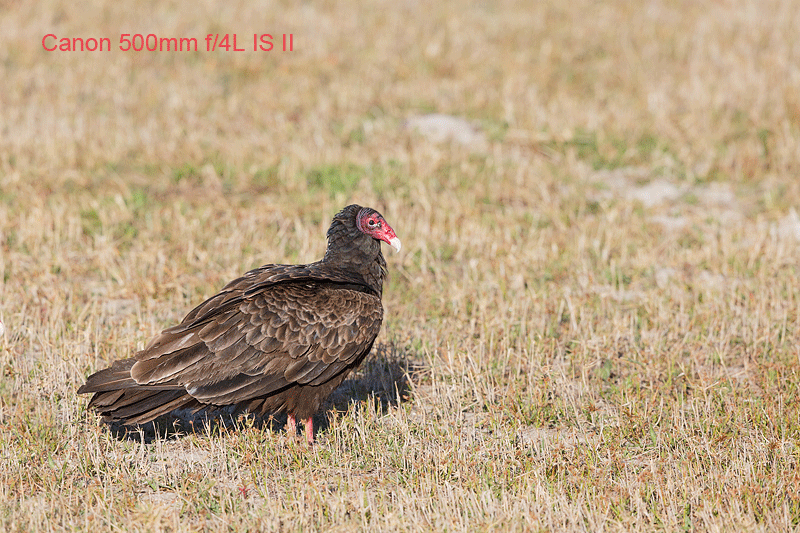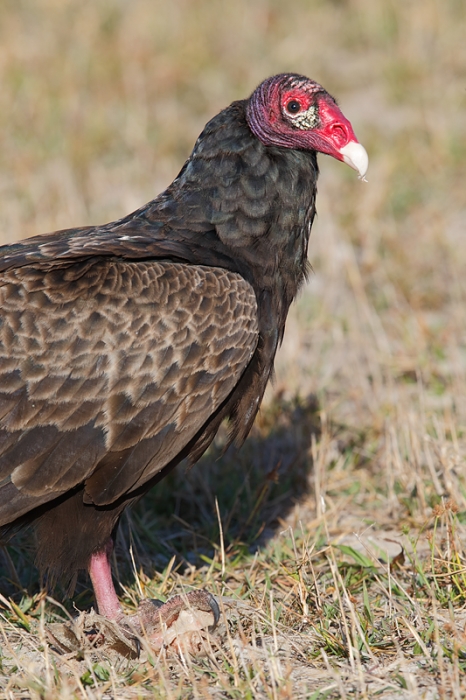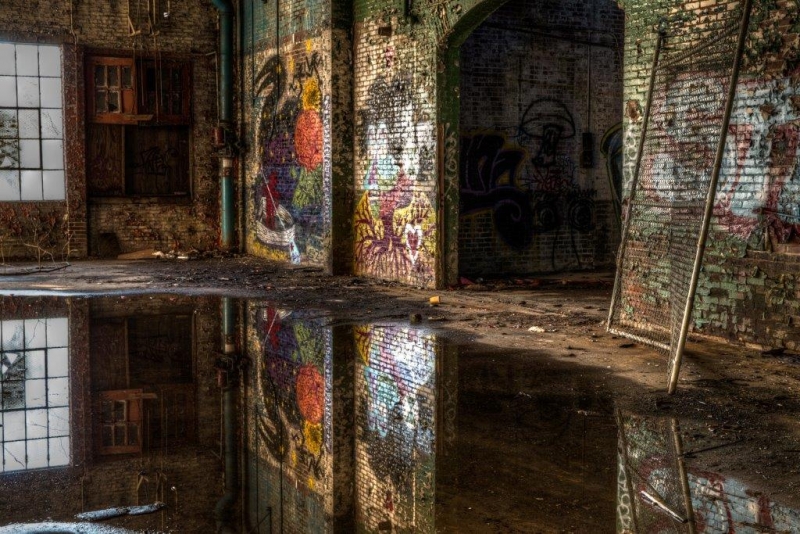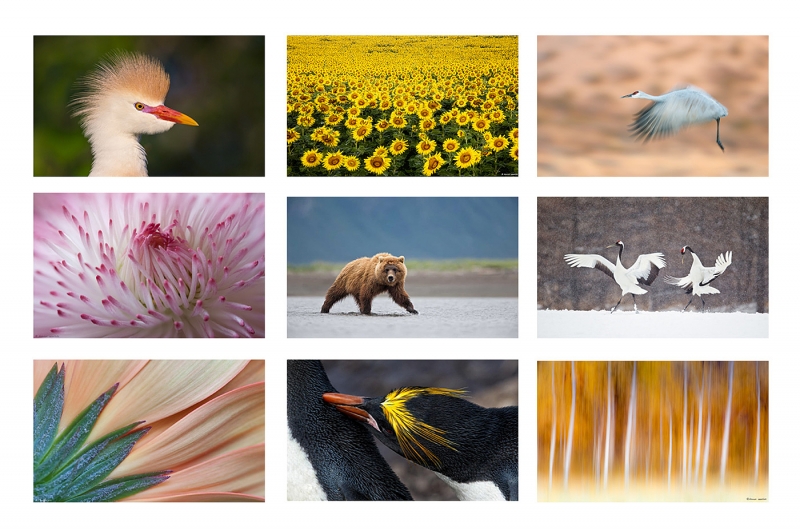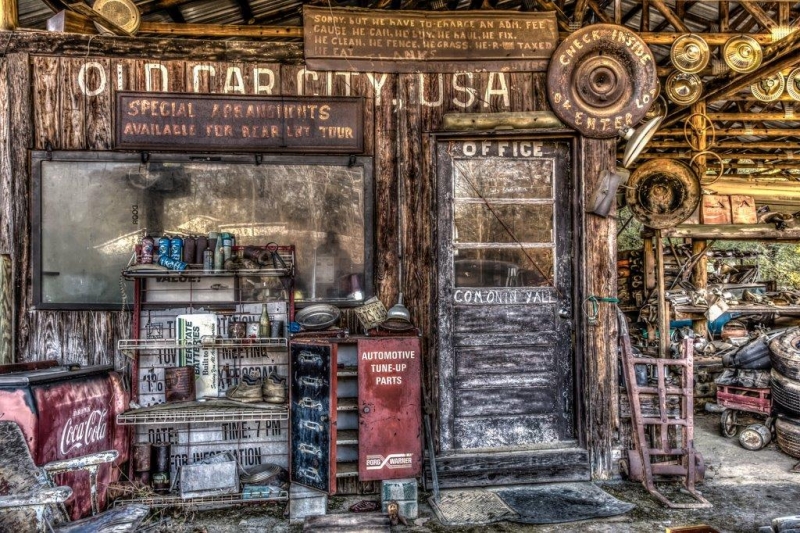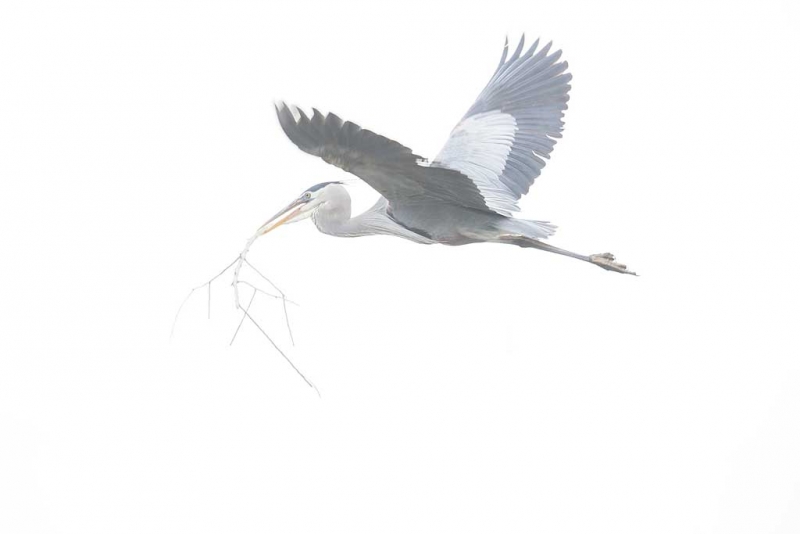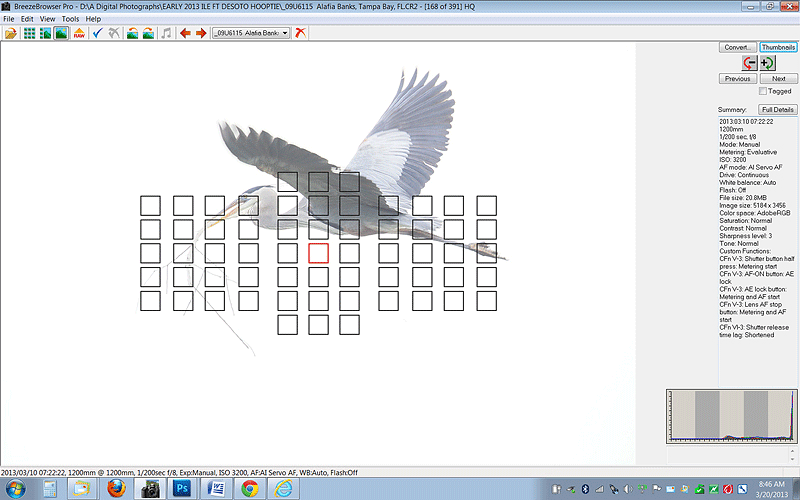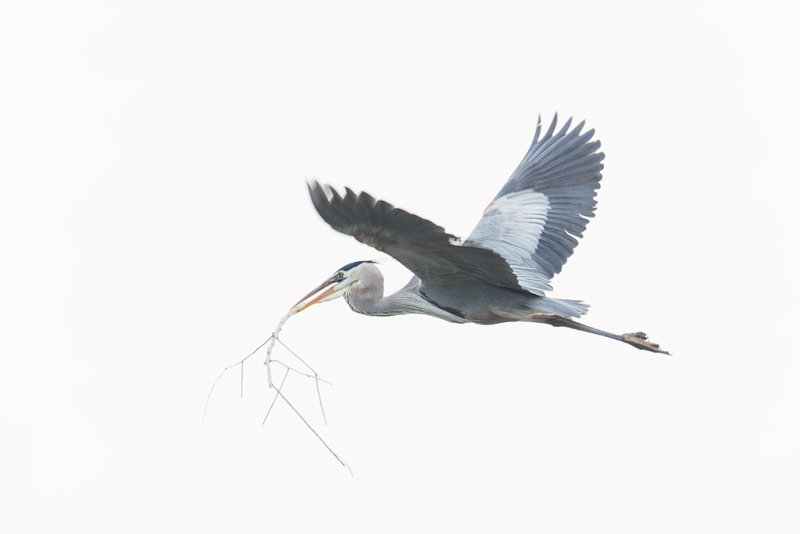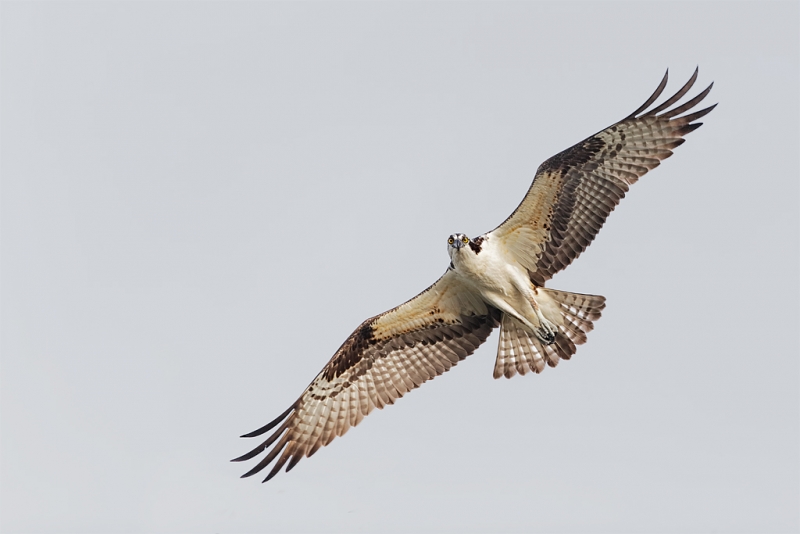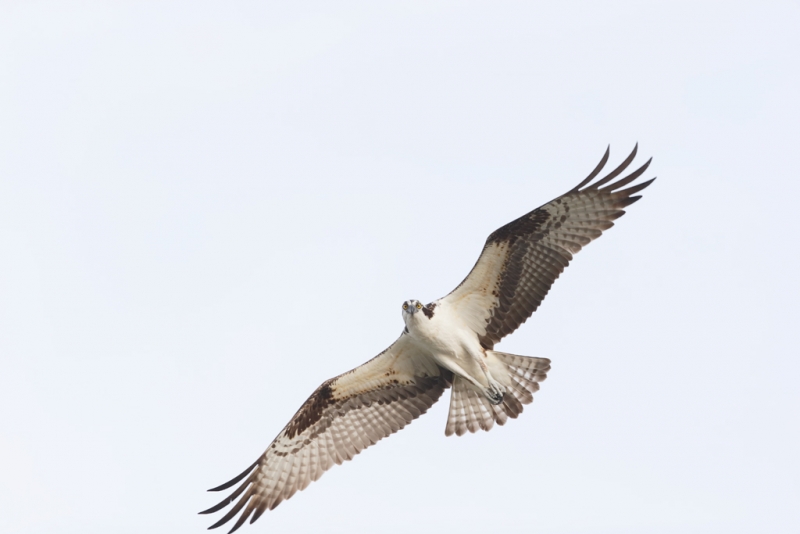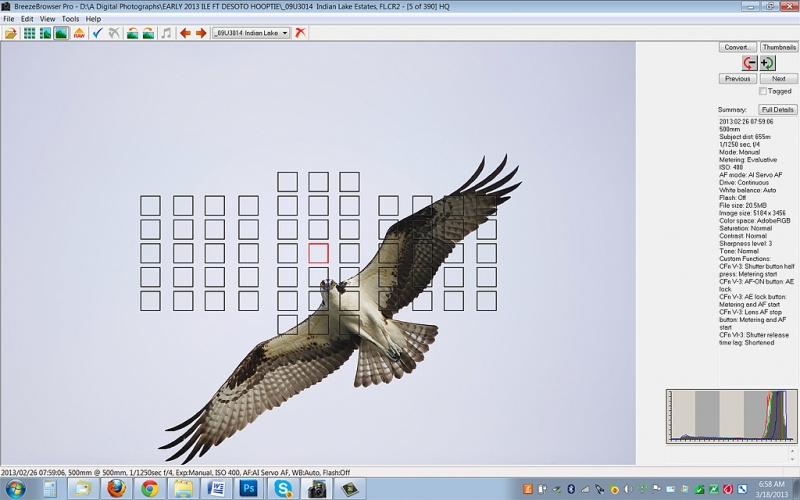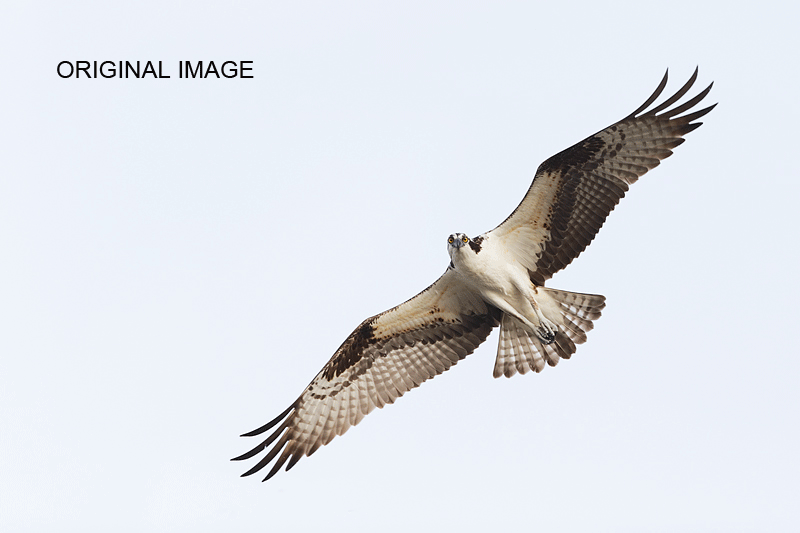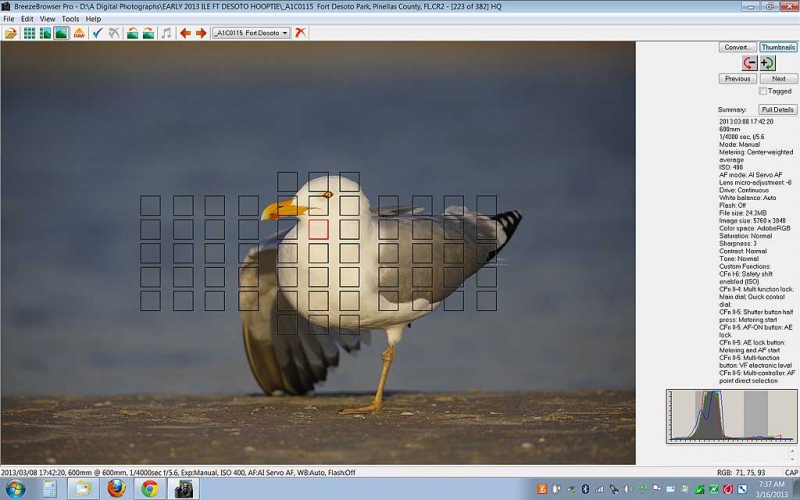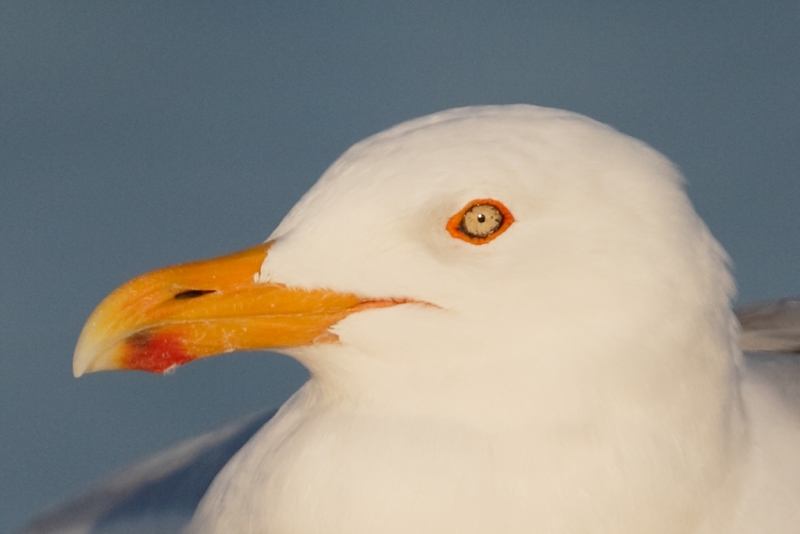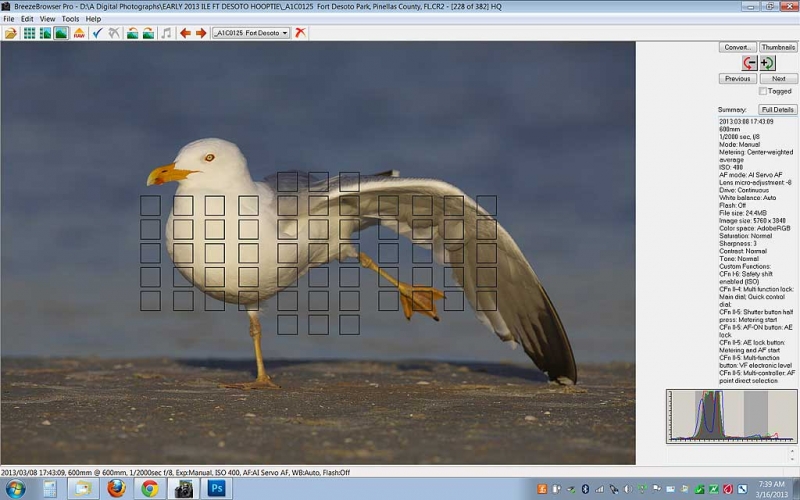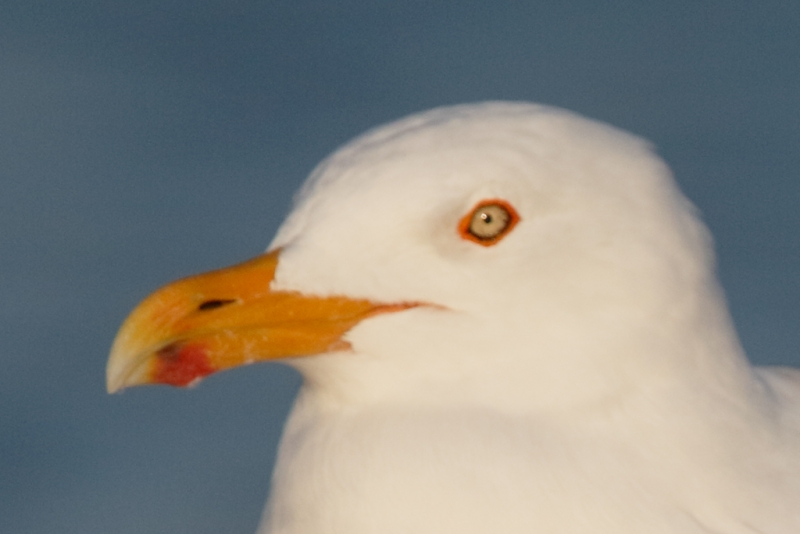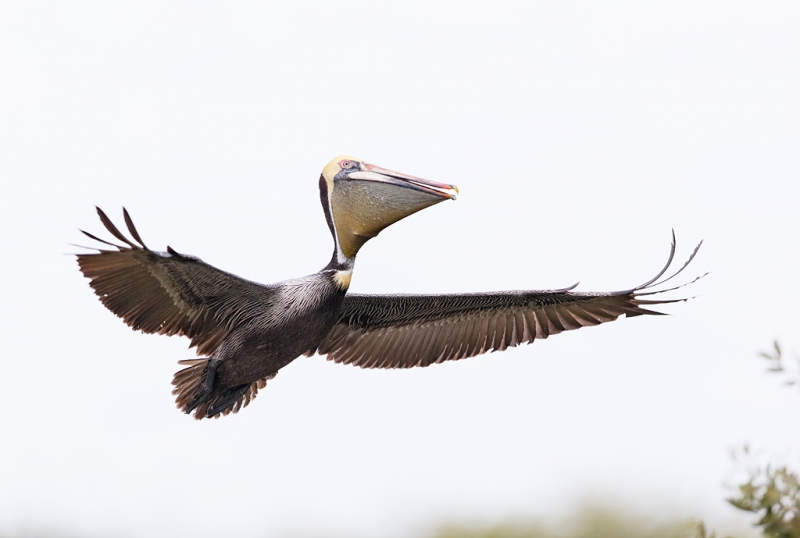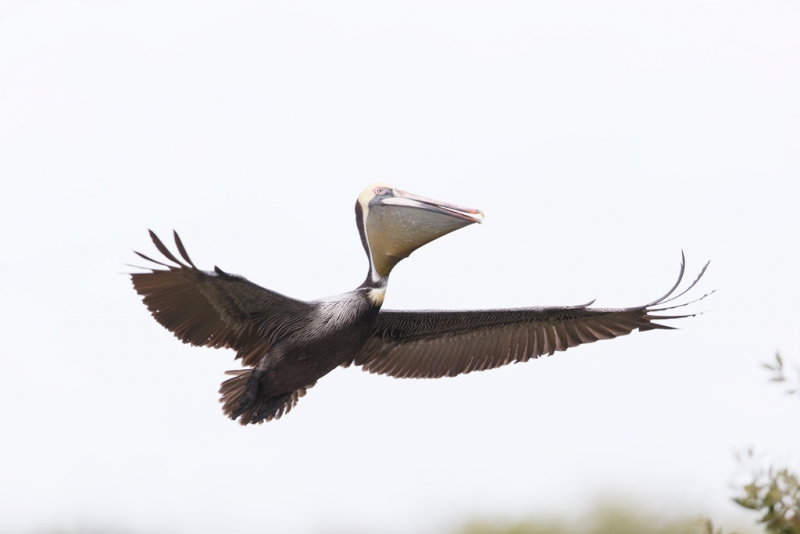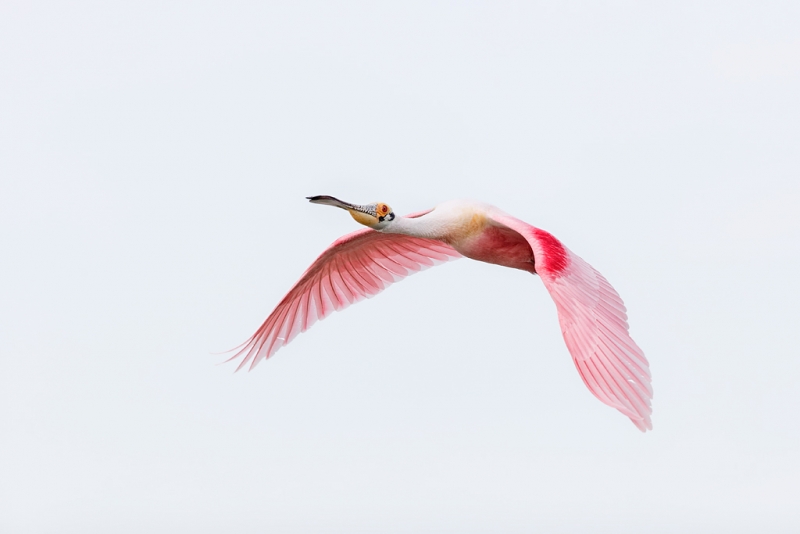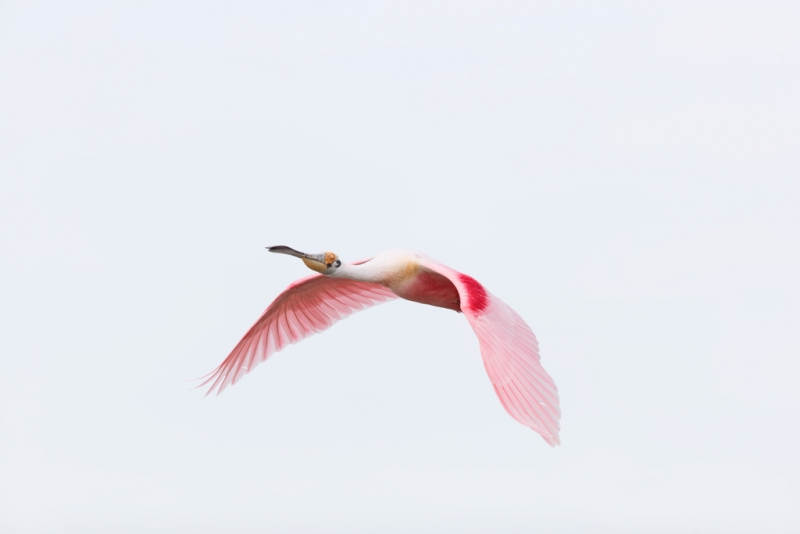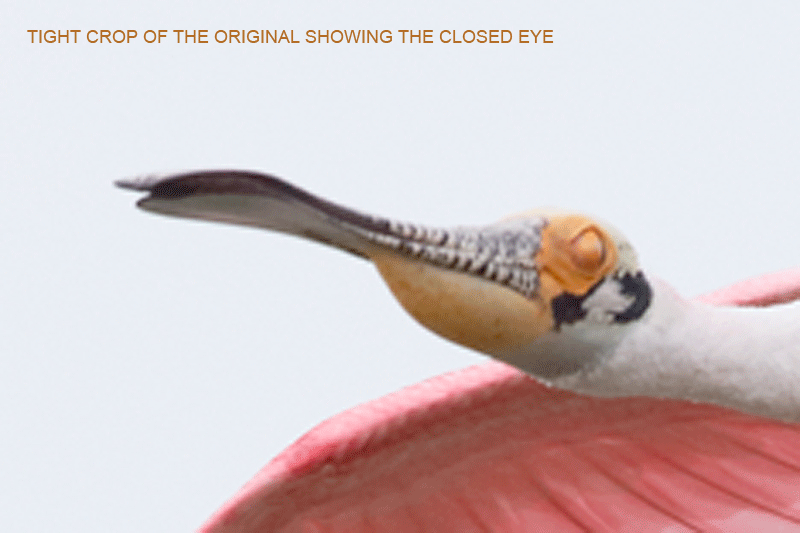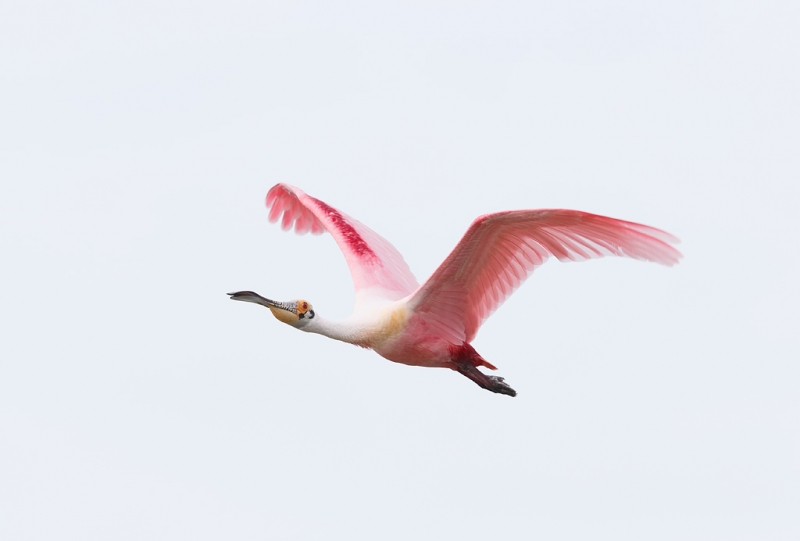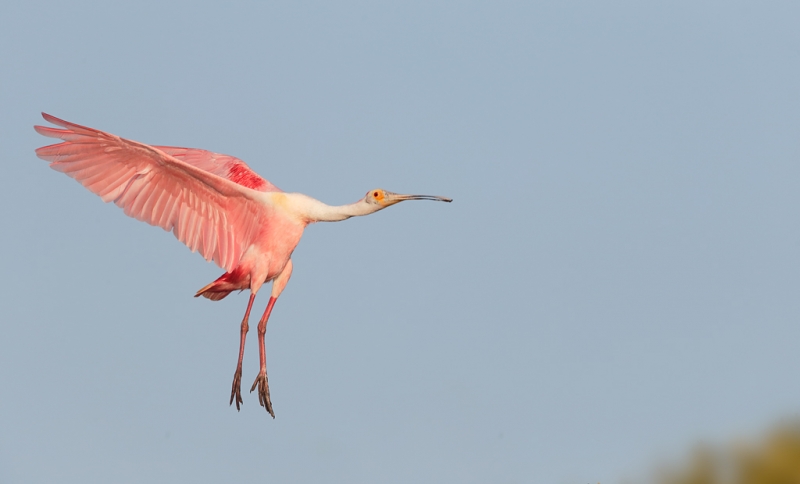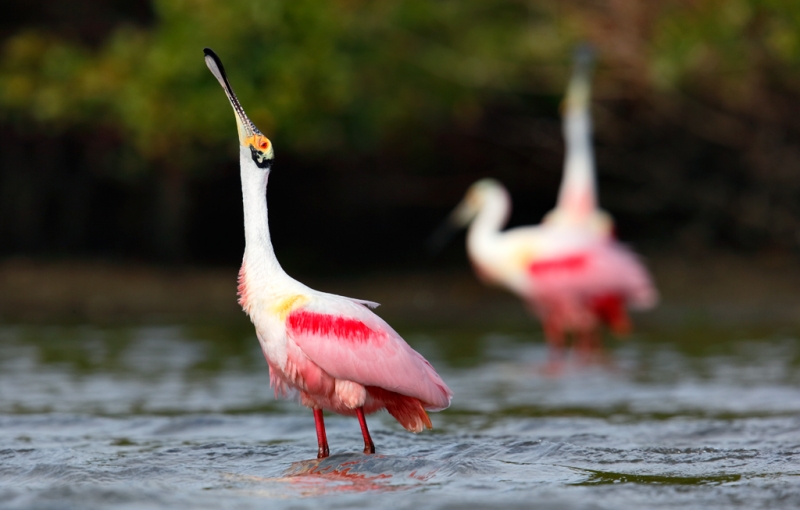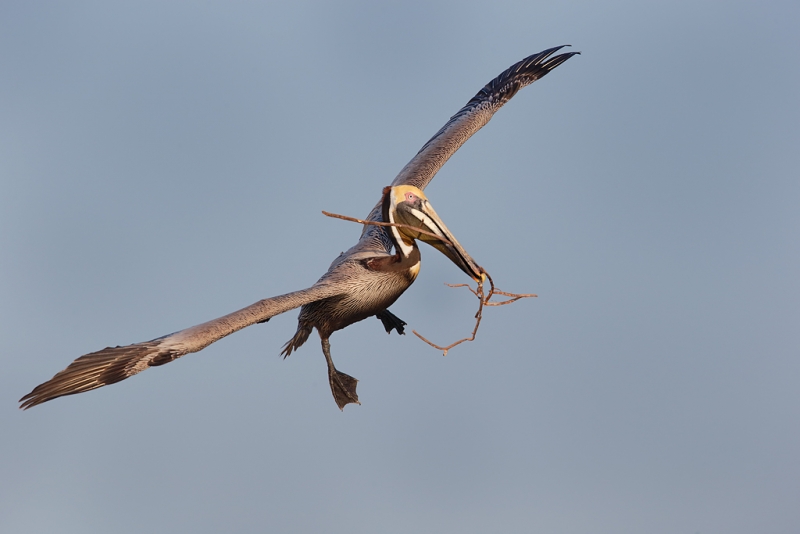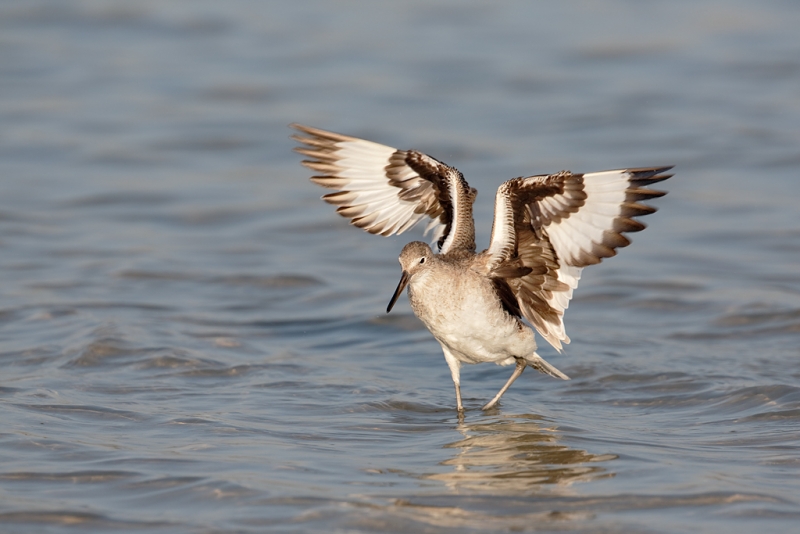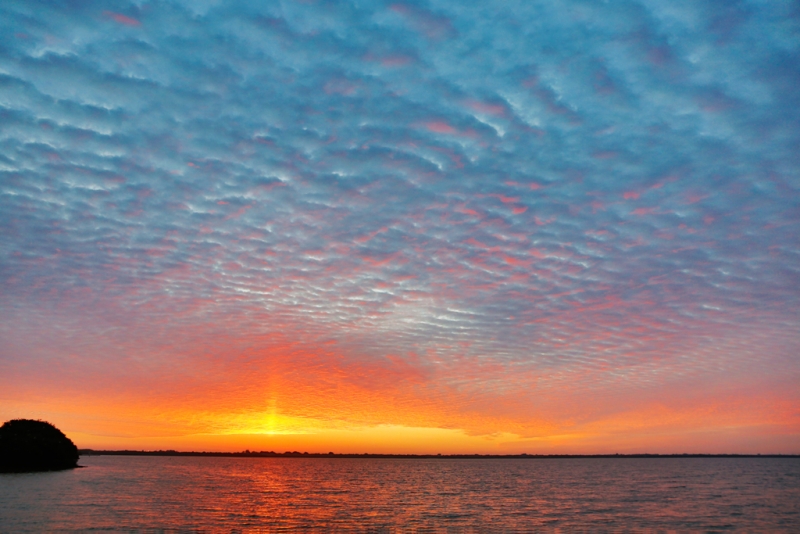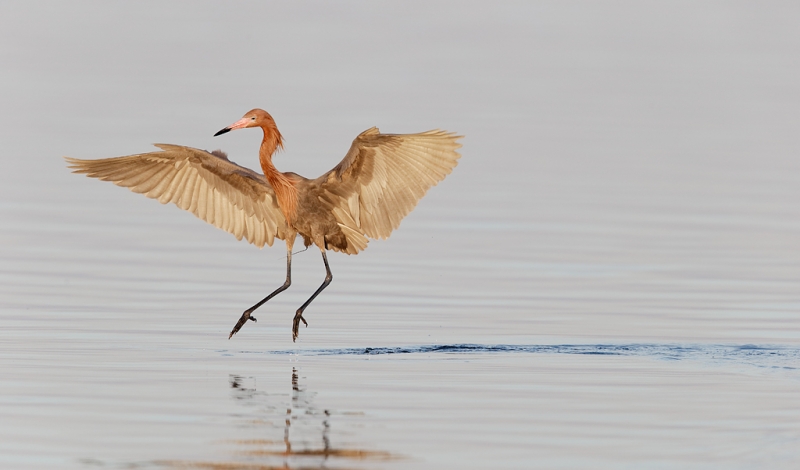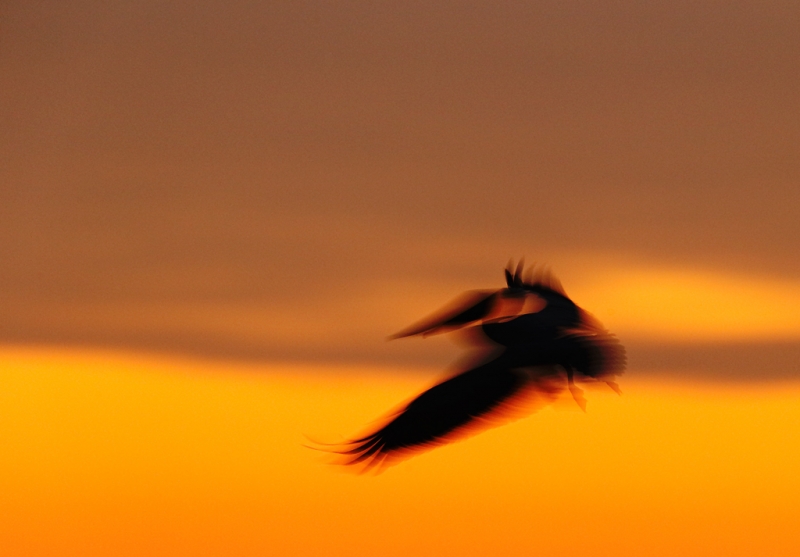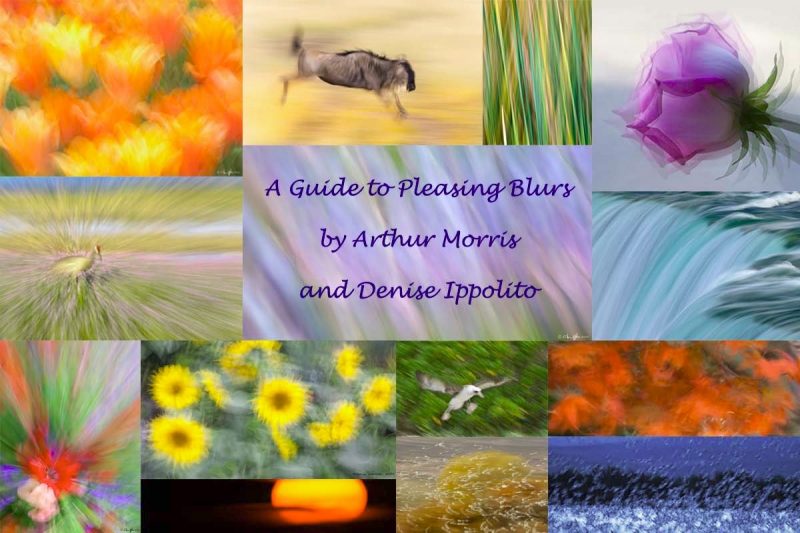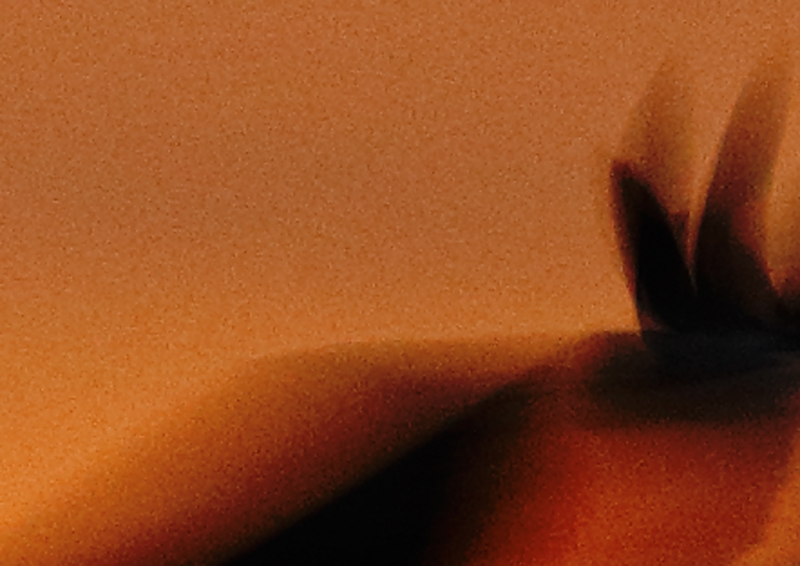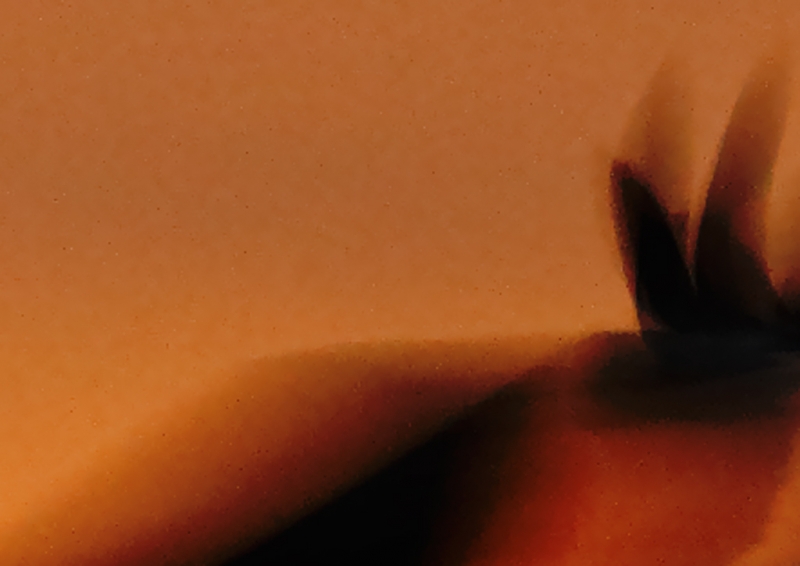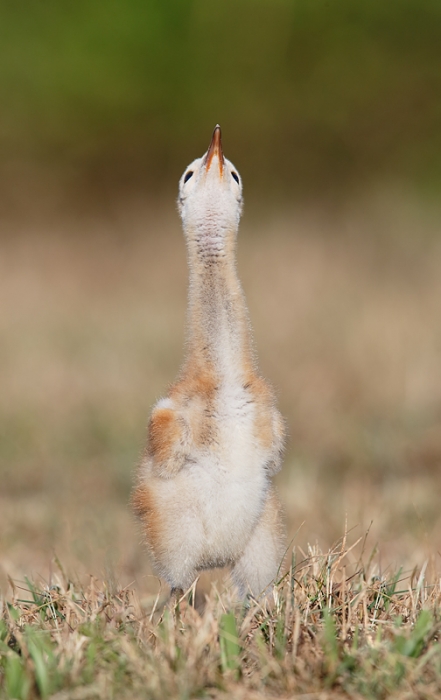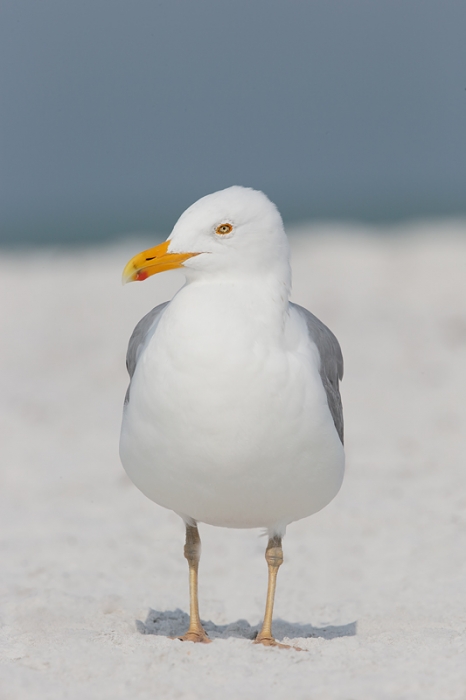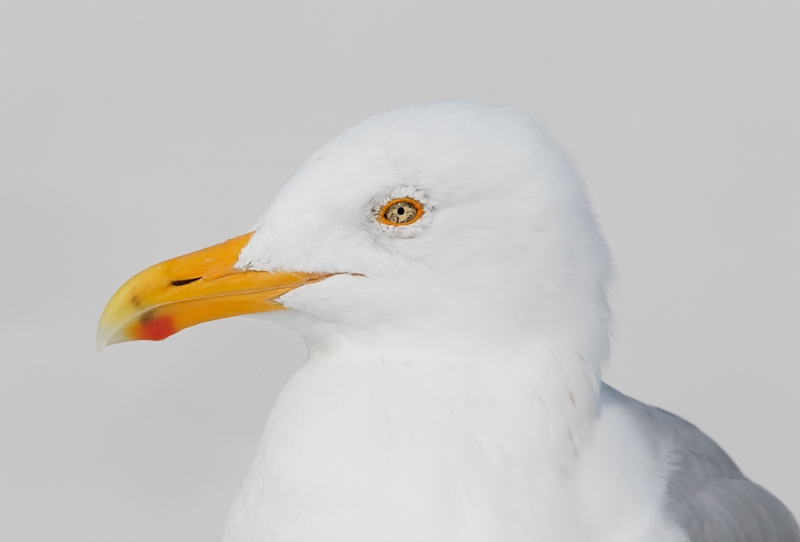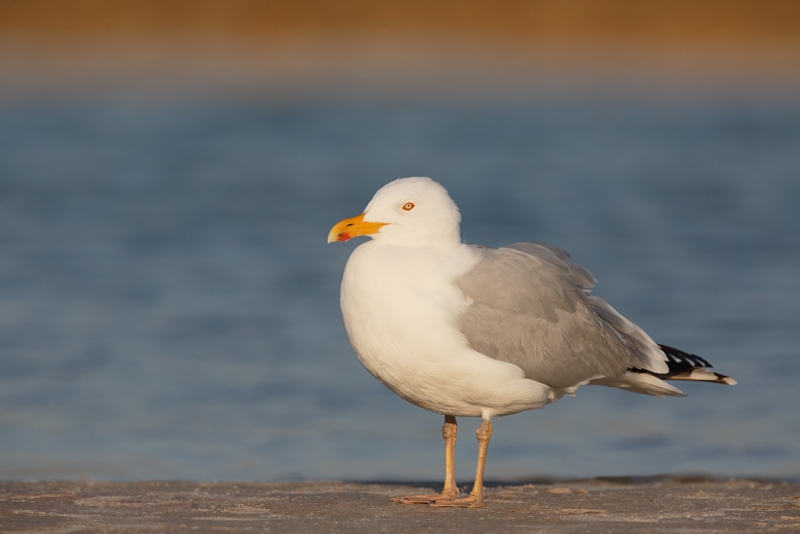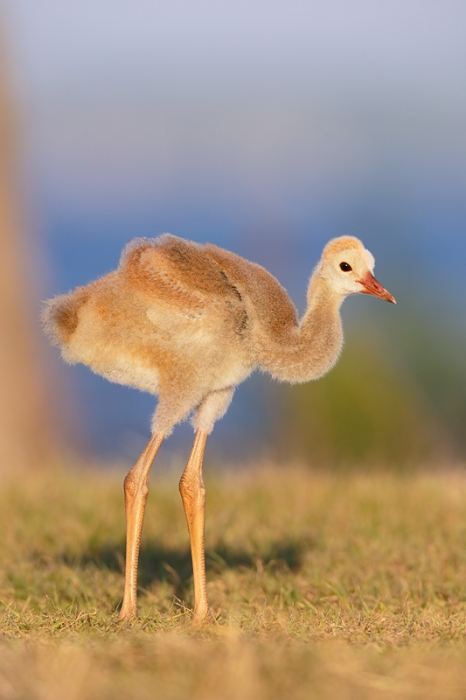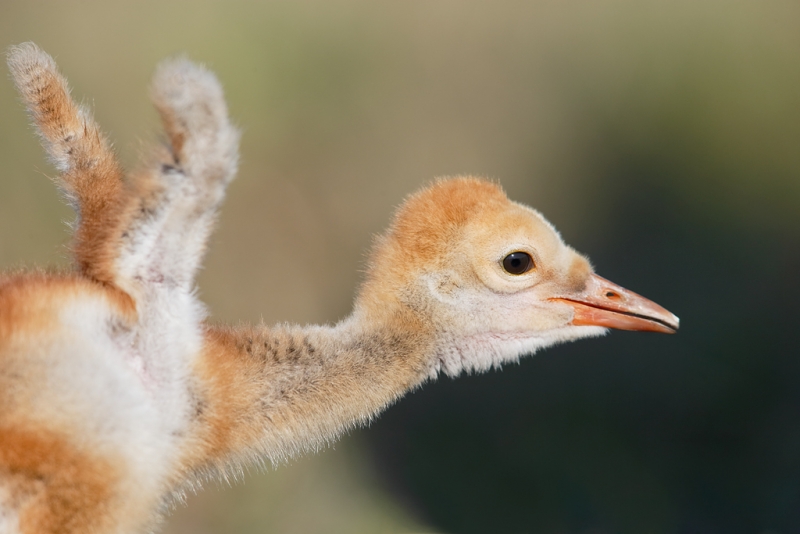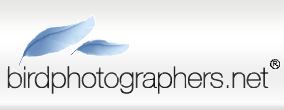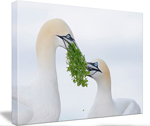Press Release
April 1, 2013. Indian Lake Estates, FL: Arthur Morris Switches to Nikon
After a lifetime of using Canon gear, and after lengthy consideration, Arthur Morris announced today that he was–enticed by a war chest of Nikon gear–switching to Nikon. He looks forward to making lots of great images with his new gear. Please take a moment to welcome him to the dark side.
|
This Sandhill Crane image was created at Indian Lake Estates with the Canon EF 600mm f/4L IS II USM lens and the Canon EOS-1D X Digital SLR camera. ISO 400. Evaluative metering +2/3 stop as framed in early morning light: 1/640 sec. at f/6.3 in Manual mode. Central sensor Surround/AI Servo/Rear Focus AF on the bird’s face and re-compose carefully. Click here if you missed the Rear Focus Tutorial. Click on the image to see a larger version. As it almost always is when I am working from the car the lens was supported on the lowered window of my Sequoia on a BLUBB, the Big Lens Ultimate BeanBag that I designed myself. It is available only from BAA. See the BLUBB and learn more here. Beware of cheap knock-offs; all are seriously lacking in size, heft, and quality materials. None have the non-skid material on the inside of the ears and none have the noise-less fabric top. |
It Wasn’t Easy…
It wasn’t easy to photograph the same bird in the exact same pose with both the 600 II and a full frame camera body and then again with the 500 II also with a full frame camera body. But yesterday morning I succeeded. Part of the trick was setting up both rigs with the same exposure before making a single image. Then it was frame and fire with the 500 II, grab the 600 II, and frame and fire. Ah, success. Both the image above and the image below are unprocessed and were created from the extracted JPEGs.
|
This image of the same bird was created less than 15 seconds after the image above was created, this one with the Canon 500mm f/4L EF IS II lens and the Canon EOS 5D Mark III. ISO 400. Evaluative metering +2/3 stop as framed in early morning light: 1/640 sec. at f/6.3 in Manual mode. Central sensor Surround/AI Servo/Rear Focus AF on the bird’s face and re-compose carefully. Click here if you missed the Rear Focus Tutorial. Click on the image to see a larger version. As it almost always is when I am working from the car the lens was supported on the lowered window of my Sequoia on a BLUBB, the Big Lens Ultimate BeanBag that I designed myself. It is available only from BAA. See the BLUBB and learn more here. Beware of cheap knock-offs; all are seriously lacking in size, heft, and quality materials. None have the non-skid material on the inside of the ears and none have the noise-less fabric top. |
Let’s Keep It Simple
In the first post on this subject, “The Size of the Subject in the Frame is Directly Proportional to the Square of the Focal Length: A Practical Example,” many of the folks who left comments were either confused, had a different way of saying the same thing, or wanted to play semantic games. So let’s keep it simple here. There we looked at a horizontal image. Bill Richardson mentioned that he would love to see a vertical comparison and so I set out to accomplish just that.
All of the following are 100% true:
1-The size of the subject in the frame, as measured by the area that the subject covers, is directly proportional to the square of the focal length. With the 500 and the 600 the math is simple. 5 squared is 25, 6 squared is 36. An image created with the 600 will be 44% larger in the frame as measured by the area that the subject covers.
2-The same subject photographed with 500mm and 600mm lenses from the same distance will be 20% longer and 20% wider with the 600mm than with the 500mm.
3-Viewing the two images is the simplest way to compare subject size in the frame regardless of which way you choose to do the math.
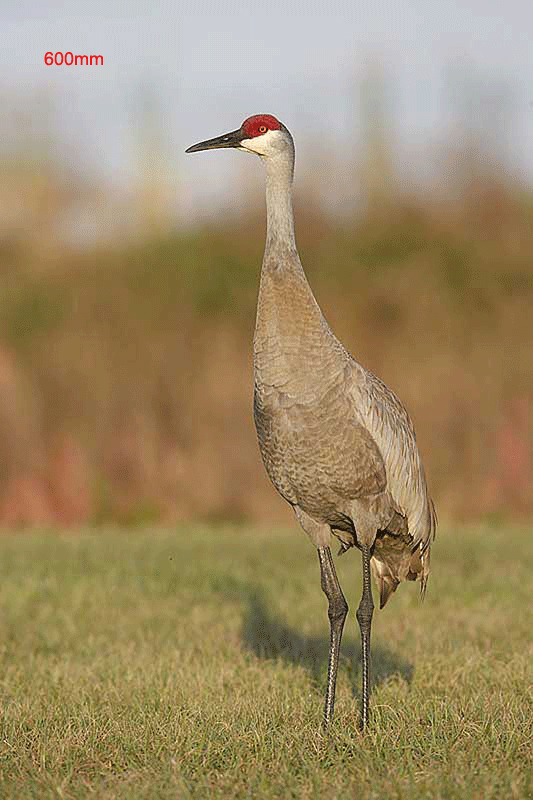
|
Which Series II Super-telephoto Lens is Best for You?
To answer that question, see the March 2nd blog post here.
An Admission
I will admit that when I am heading into the field I choose the 600 II over the 500 II despite the fact that it weighs 1.61 pounds more than the 500 II. That even though most of the birds in Florida are inordinately tame….
A Second Admission
The press release above is of course an April’s Fool’s joke. Have a great month everyone :).
Africa/Tanzania/Serengeti Summer Migration Safari: 12 full and two half-days of photography: $12,999/person double occupancy. Limit: 12/Openings: 6.
Leaders: Todd Gustafson (he does use Nikon gear) and Arthur Morris. Leave the US AUG 3, 2013. Fly home from Arusha, Tanzania on the evening of August 18. Day 1 of the safari is August 5. Our last morning of photography is August 18. We will be visiting Tarangire National Park, Seronera Lodge–aka Leopard City!–twice, an exclusive mobile tented camp in the Serengeti, and at the end, the spectacular wildlife spectacle that is Ngorongoro Crater. Please e-mail for itinerary.
Please click here for complete IPT info.
BOSQUE del APACHE 2013 IPT: “The Complete Bosque Experience.” NOV 26-DEC 2, 2013. 7-FULL DAYS: $3399. Co-leader: Denise Ippolito. Introductory Slide program: 6:30 pm on 11/25. Limit: 12.
Tens of thousand of Snow Geese, 10,000 Sandhill Cranes, ducks including point-blank American Wigeon and Wood Duck, amazing sunrises, sunsets, and blast-offs. Live, eat, and breathe photography with one of (if not the) world’s premier photographic educators at one of his very favorite locations on the planet. Top-notch Photoshop instruction. This will make 19 consecutive Novembers at Bosque for me. Nobody knows the place better than I do. Join us to learn to think like a pro, to recognize situations and to anticipate them based on the weather, especially the sky conditions, the light, and the wind direction. Every time we make a move we will let you know why. When you head home applying what you learned will prove to be invaluable. Includes all lunches and the Thanksgiving Buffet at the Crowne Plaza in Albuquerque. I hope that you can join me for what will be an unparalleled learning experience.
A $500 non-refundable deposit is required to hold your slot for this IPT. Your balance is due 4 months before the date of the IPT and is also non-refundable. If the trip fills, we will be glad to apply a credit applicable to a future IPT for the full amount less a $100 processing fee. If we do not receive your check for the balance on or before the due date we will try to fill your spot from the waiting list. If your spot is filled, you will lose your deposit. If not, you can secure your spot by paying your balance.
Please print, complete, and sign the form that is linked to here and shoot it to us along with your deposit check (made out to “Arthur Morris.”) You can also leave your deposit with a credit card by calling the office at 863-692-0906. If you register by phone, please print, complete and sign the form as noted above and either mail it to us or e-mail the scan. If you have any questions, please feel free to contact me via e-mail
EOS-5D Mark III User’s Guide
In the EOS-5D Mark III User’s Guide You can learn everything that I know about the following important topics: 5D III exposure fine points, handling the WHITEs, the top LCD and all camera control buttons, 5D Mark III drive modes, how to manually select an AF sensor, choosing an AF Area Selection Mode, and Menu Item access. Coverage of almost all Menu Items and Custom Functions including: Image Quality, Auto Lighting Optimizer, Highlight Tone Priority, AF Configuration Tool (includes details on the custom Case setting that I use), Acceleration/deceleration tracking, Tracking sensitivity, Lens drive when AF impossible, Orientation linked AF point (I love this feature on the 5D III!), Highlight alert, Histogram display, Auto rotate, Custom Shooting Mode set-up, Safety shift, using the Q button, and setting up rear focus.Plus detailed instructions on how to set up for both in-camera HDR and in-camera multiple exposures.
The guide is–of course–written in my informal, easy-to-follow style. Learn more or purchase here.
EOS-1D X AF Guide
You can learn exactly how I set up and use this camera’s great new AF system in our EOS-1D X AF Guide. And you can learn about our other camera User’s Guides here.
Typos
On all blog posts, feel free to e-mail or leave a comment regarding any typos, wrong words, misspellings, omissions, or grammatical errors. Just be right. 🙂
Support the BAA Blog. Support the BAA Bulletins: Shop B&H here!
We want and need to keep providing you with the latest free information, photography and Photoshop lessons, and all manner of related information. Show your appreciation by making your purchases immediately after clicking on any of our B&H or Amazon Affiliate links in this blog post. Remember, B&H ain’t just photography!
Support the BAA Blog. Support the BAA Bulletins: Shop Amazon here!
And from the BAA On-line Store:
LensCoats. I have a LensCoat on each of my big lenses to protect them from nicks and thus increase their re-sales value. All my big lens LensCoat stuff is in Hardwood Snow pattern.
LegCoat Tripod Leg Covers. I have four tripods active and each has a Hardwood Snow LegCoat on it to help prevent further damage to my tender shoulders :) And you will love them in mega-cold weather....
Gitzo GT3532 LS CF Tripod. This one replaces the GT3530LS Tripod and will last you a lifetime. Learn more about this great tripod here.
Mongoose M3.6 Tripod Head. Right now this is the best tripod head around for use with lenses that weigh less than 9 pounds. For heavier lenses, check out the Wimberley V2 head.
Double Bubble Level. You will find one in my camera's hot shoe whenever I am not using flash.
The Lens Align Mark II. I use the Lens Align Mark II pretty much religiously to micro-adjust all of my gear an average of once a month and always before a major trip. Enjoy our free comprehensive tutorial here.
BreezeBrowser. I do not see how any digital photographer can exist without this program.
Delkin Flash Cards. I use and depend on Delkin compact Flash Cards and card readers most every day. Learn more about their great 700X and 1000X cards here or about my favorite Delkin card here.

